Weekly Sessions
This is the general format of the weekly sessions. Sessions change depending on the specific block.

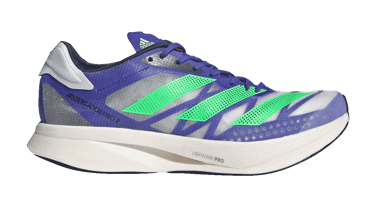
Adidas Adizero Pro 2
Intervals / Tempo / Race (Half Marathon)
It’s not the most stable shoe, and I have rolled my ankle a few times because of this. However, it's fast, and the foam holds up incredibly well, actually seeming to improve with more mileage before it eventually wears out.
It’s not the lightest super shoe out there, far from the top in that category, but as a training shoe for longer reps, intervals, and tempo runs, it’s a fantastic option.
Pros: Versatile, fast, and long-lasting with great value.
Cons: Awkward lacing fit, slightly heavy for a "fast racer," and can feel unstable.
Overall: 8/10
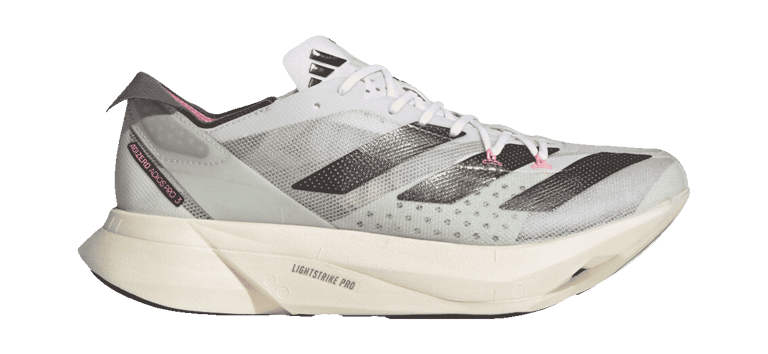

Adidas Adizero Pro 3
Long Run / Race (Marathon)
It’s more stable, lighter, and though not as fast as the v2, it hits the sweet spot for marathon pace and distance. The added stability is forgiving for those late stages when fatigue and form can break down. It’s a different kind of shoe than the v2—perhaps less versatile—but it truly shines in delivering comfort while cruising for miles. The laces are the typical, notoriously poor Adizero style, but I swap them out for softer, more cushioned laces to relieve the pressure these shoes often create. The tongue is quite thin and can fold over at the sides, so it's essential to smooth out any creases before setting off.
Pros: Comfortable, smooth ride for marathon effort.
Cons: Lacing, thin non-gusseted tongue, not ideal for faster paces.
Overall: 8.5/10
Running Shoes
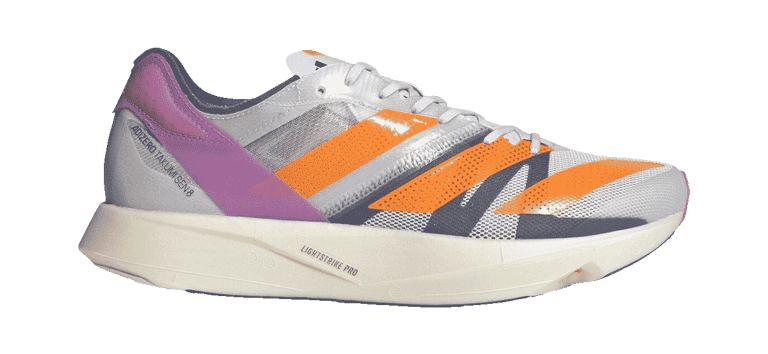

Adidas Adizero Takumi Sen 8
Speed Intervals / Race (5km-10km)
Speedwork reps of 800m and under—this shoe is made to fly. It's ideal for track work if you don’t wear spikes. Super light and agile, it's essentially a stripped-down Adizero Pro. It’s limited in comfort, though, so I wouldn’t take it beyond a longer session or further than a 5km/10km race. This is the shoe you lace up for business, when it’s time to get serious.
Pros: Lightweight, super fast, and makes you want to go hard (since running slow in these feels off!). Great price for this older model and a sleek, bold look.
Cons: Limited comfort and subpar lacing lockdown.
Overall: 8/10
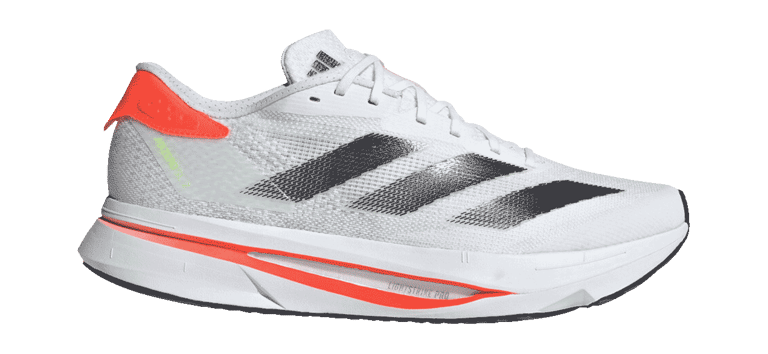

Adidas Adizero SL 2
Steady / Tempo
Steady to marathon-paced work feels good in these shoes, but any faster and they lose their appeal. They feel nimble and light but lack the responsiveness needed for a wide range of paces. The underfoot cushioning is quite thin, so I wouldn’t take these on longer runs. For steady runs and longer tempo intervals, though, they feel just right. The fit is passable, but the laces—like on most Adidas shoes—are a struggle for lockdown. Overall, I wanted a shoe without a carbon plate for training, and at a low price, I'm satisfied. One caution: the grip is awful on wet days.
Pros: Low price and great value, light and nimble feel, nice aesthetics.
Cons: Slightly awkward fit, poor grip in wet conditions, issues with lacing lockdown.
Overall: 6.8/10
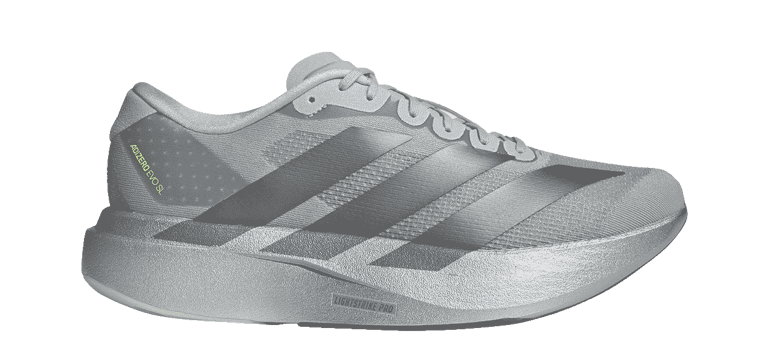

Adidas Adizero Evo SL
Steady / Tempo / Long Run
The hype around this shoe has been wild. YouTubers and reviewers seem to agree it's a strong contender for one of the best releases this year, with price and performance being the main attractions. Funny thing, though — when I reached out to people privately through my socials, the opinions were way more mixed. YouTubers vs non-YouTubers... hype vs reality... maybe?
Either way, I'm intrigued. Found a pair on discount, so let's see!
Pros: TBC,
Cons: TBC.
Overall: TBC/10
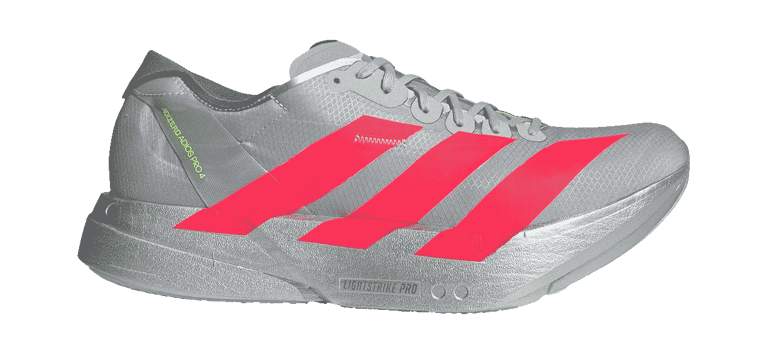

Adidas Adizero Pro 4
Race (Half Marathon/Marathon)
This shoe is an absolute beast — a real race-day super shoe feeling. The upper is incredibly comfortable and sleek; honestly, it's probably the best upper I've ever had on any shoe. The rocking sensation is pretty aggressive, though, and it took a bit of adjusting after coming from the Adidas Pro 3. It even caused some pain during the Barcelona Marathon. That said, I'm still testing it out to see if that was just a one-off.
Pros: Super comfortable upper, lightweight and fast.
Cons: Narrow, fairly snug fit, needs combining with thinner socks, or even half sizing up.
Overall: 8.5
Salomon Ultra Glide 2
Trail
Not really clued up on trail shoes, 1) I have only ever owned this pair and 2) I hardly hit the trails. My experience in the rare occasions have been good. The drawstring lacing creates a super easy and precise lockdown feel in a fairly plush shoe.
Pros: Great lockdown and comfort. Good hiking option too.
Cons: Slightly narrow toebox, fairly snug if using thicker socks.
Overall: 7
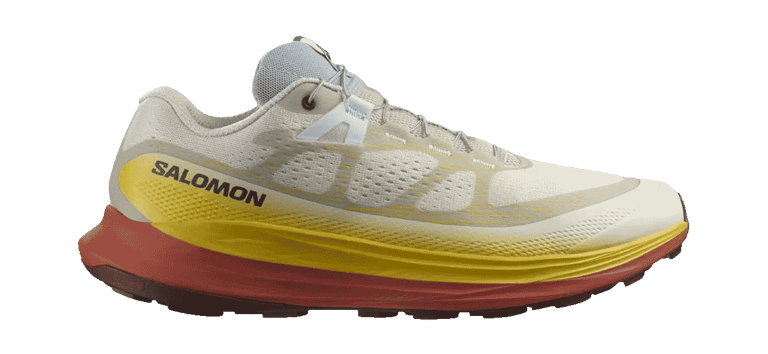

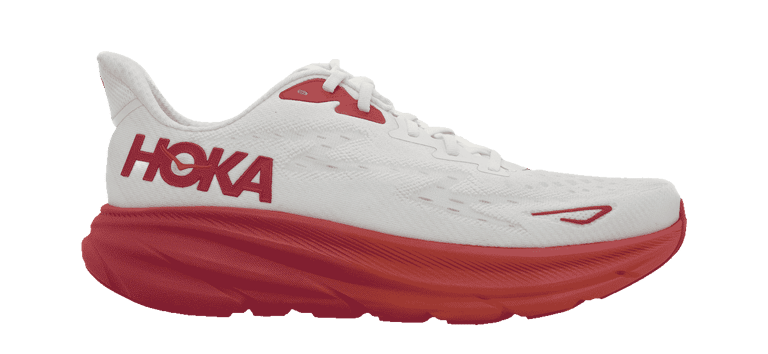

Hoka Clifton 9
Easy / Long Run
This is a shoe I bought specifically for daily easy runs and relaxed long runs. Nothing fancy, but a light, comfy mileage eater. Plenty of cushion, but it doesn't have that sinking, mushy feeling I try to avoid.
Pros: Safe, hugging comfort — makes easy running more relaxing.
Cons: Not very versatile. Once committed, your post–easy run strides may feel a bit dull. Slightly narrow toe box needs combining with thinner socks.
Overall: 7.7


Nike Invincible 3
Casual Lifestyle
Picked this up for a bargain on Vinted second-hand, with a claimed mileage of just 50km—so I was more than happy to give it a go. The shoe arrived in immaculate condition, looking almost brand new. On the run, it felt like a bit of a tank—quite heavy and clearly designed with heel strikers in mind, with most of the foam and cushioning concentrated at the rear. After a few test runs, I decided to retire it from running duty and turn it into a daily casual walking shoe—because let’s be honest, it still looks awesome.
Pros: Plush foot hugging comfort.
Cons: Felt clunky and a bit too heavy lacking the smoothness. Too much of the cushion allocated in the rear and heel.
Overall: 6.8
Casual Lifestyle
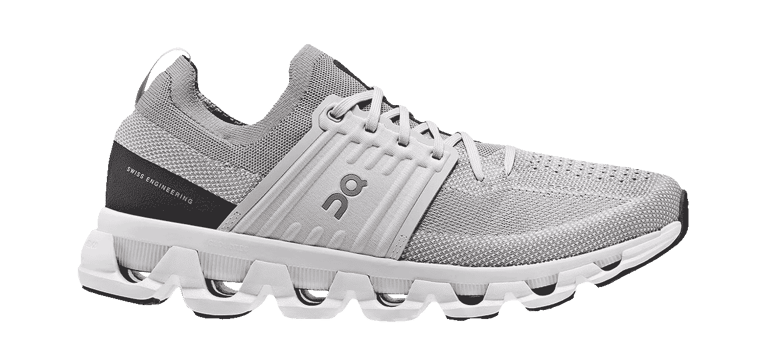

On Cloud Swift 5
Casual Lifestyle
I love On Running, but not for running.
Pros: Feels and looks great quality. Easy to slip on and off.
Cons: Can get a bit warm on hotter days. If you find yourself needing to jog the firm feeling doesn't make it comfortable.
Overall: 7/10
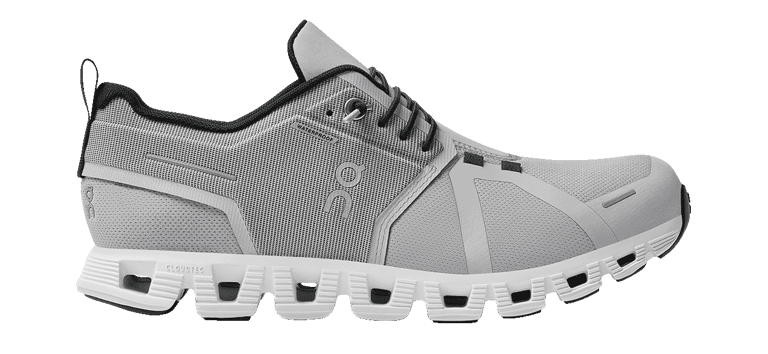

On Cloud 5
Casual Lifestyle (Waterproof)
Steady to marathon-paced work feels good in these shoes, but any faster and they lose their appeal. They feel nimble and light but lack the responsiveness needed for a wide range of paces. The underfoot cushioning is quite thin, so I wouldn’t take these on any long runs. For steady runs and longer tempo intervals, though, they feel about right. The fit is passable, but the laces—like on most Adidas shoes—are a struggle for lockdown. Overall, I wanted a shoe without a carbon plate for training, and at a low price, I'm reasonably satisfied. One caution: the grip is awful on wet days.
Pros: Weatherproof for those winter wet days.
Cons: Tight fit, not true to size. Only for cold days as feet get really warm.
Overall: 6.8/10
Fuel & Nutrition
A summary of the main fuel and nutrition products used during training.
Apple Juice
Carb drink for pre, during sessions and carb loading.
I decided to try the brand Veloforte, which boasts some of the best ingredients on the market — natural products that steer clear of the mass-produced chemicals often found in most fueling brands. Time will tell if they perform as well as previous brands I’ve used, but it definitely feels better knowing what’s going into my body. After all, maintaining health and fitness in everyday life is far more important to me than performance in my hobbyist running journey.
The products themselves are brilliant, and I actually enjoy consuming them. I aimed to use chews instead of gels, mainly because I dislike the taste of most gels on the market, including Veloforte’s own, which I find overly sweet and syrup-like. However, it soon became clear that the chews wouldn’t be practical for race day. While they work fine for training runs, storing them in my shorts’ waist pockets caused the flour coating to melt, which made the chews stick together and practically glue themselves to the wrapper — a disaster waiting to happen on race day. This led me to keep Veloforte as my training fuel and return to a past favorite, Maurten, for race day.
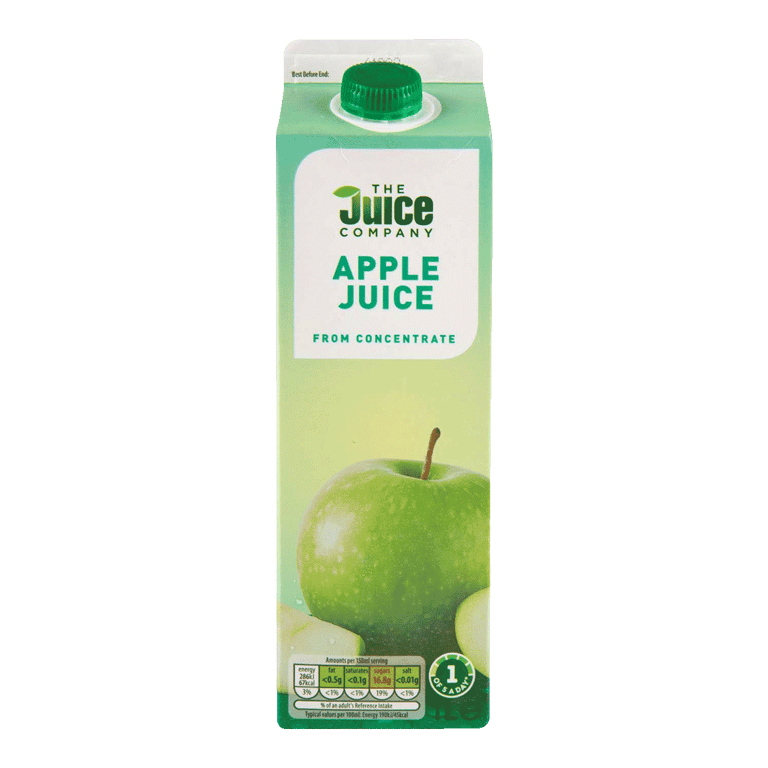

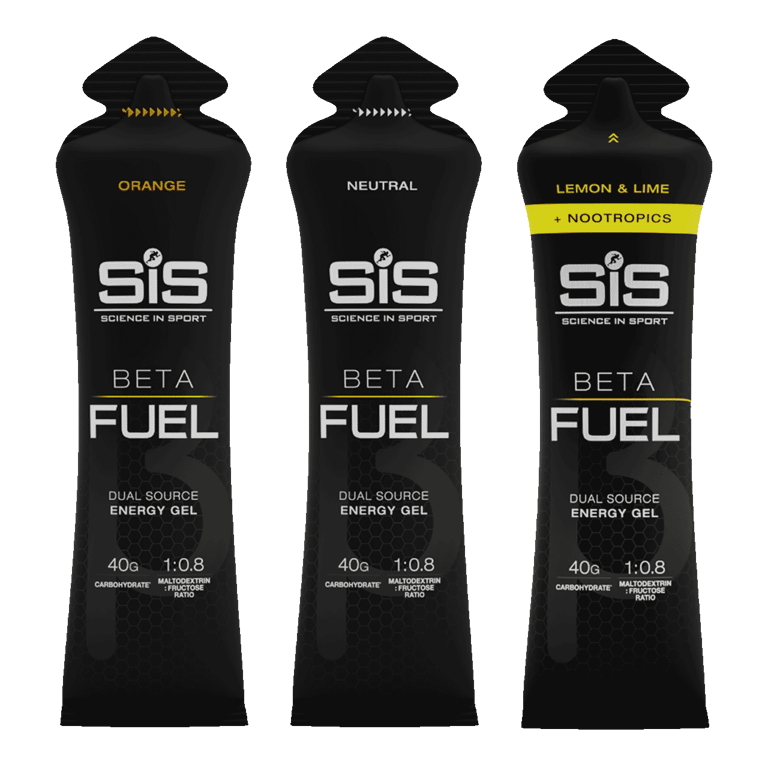

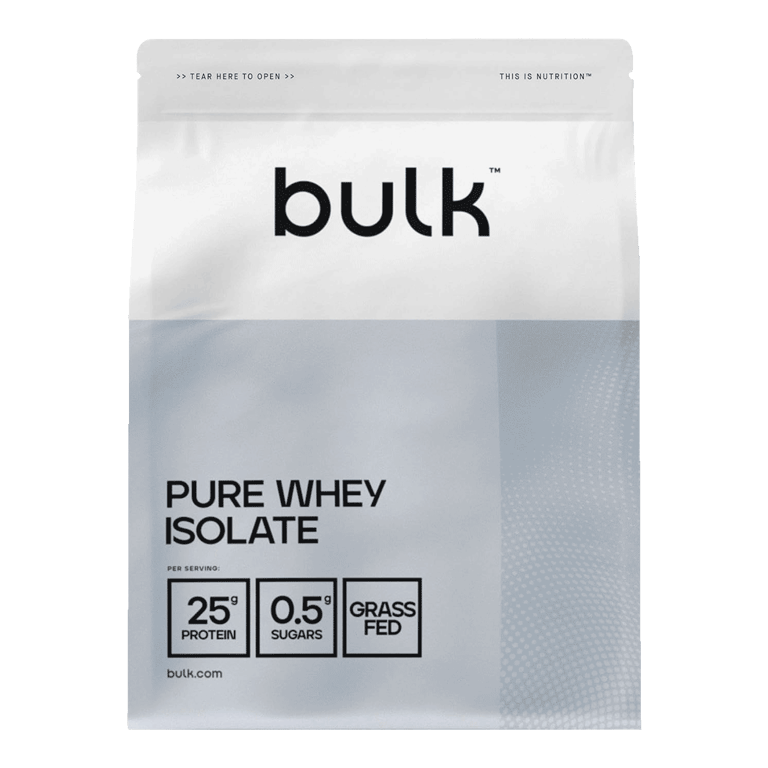

SIS Beta Fuel Gels 40g
Fuelling strategy for long runs and race day.
Maurten is a solid brand in the market. They’ve clearly earned the trust of many top elite athletes and serious endurance competitors, but I ask myself: does the super-high price tag justify the marginal gain an average runner like me might—or might not—get? Truthfully, I don’t think so. However, the main attractions for me are the consistency and taste. Its jelly-like texture means no sticky mess leaking down my fingers, which is a nightmare when trying to operate an action camera with gooey hands. The taste is mildly sweet, but nowhere near the intense sweetness I’ve found in brands like High5, OTE, SIS, and Veloforte.
Other brands, like Precision Fuel, Styrkr, and Kendal Mint, have caught my eye, but feedback from others suggests their sweetness level is as high-octane as the rest.
Top tip: check eBay for Maurten gels—I managed to save over £10 on a pack of 10 Gel 160s. Often, people sell their unused extras if they're not currently training or if the best-before date is approaching. As long as the date covers your event, there's no issue. Mine expire soon in February 2025, so it’s all good!
Pure Whey Isolate
Recovery / Protein Intake
This is something I’ve incorporated throughout my training blocks to ensure I’m getting enough protein for recovery. Studies suggest that athletes’ protein intake should range from 1.2 to 2.0 grams per kilogram of body weight. For me, even working on the lower end, that comes to around 75.6g per day.
I’m not too focused on exact numbers; I just know that taking this on intense days, combined with my regular diet, likely keeps me within general recommendations. It’s super easy to take—mixed with just 200ml of water, it adds a solid 23g of protein.
